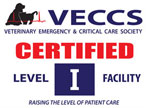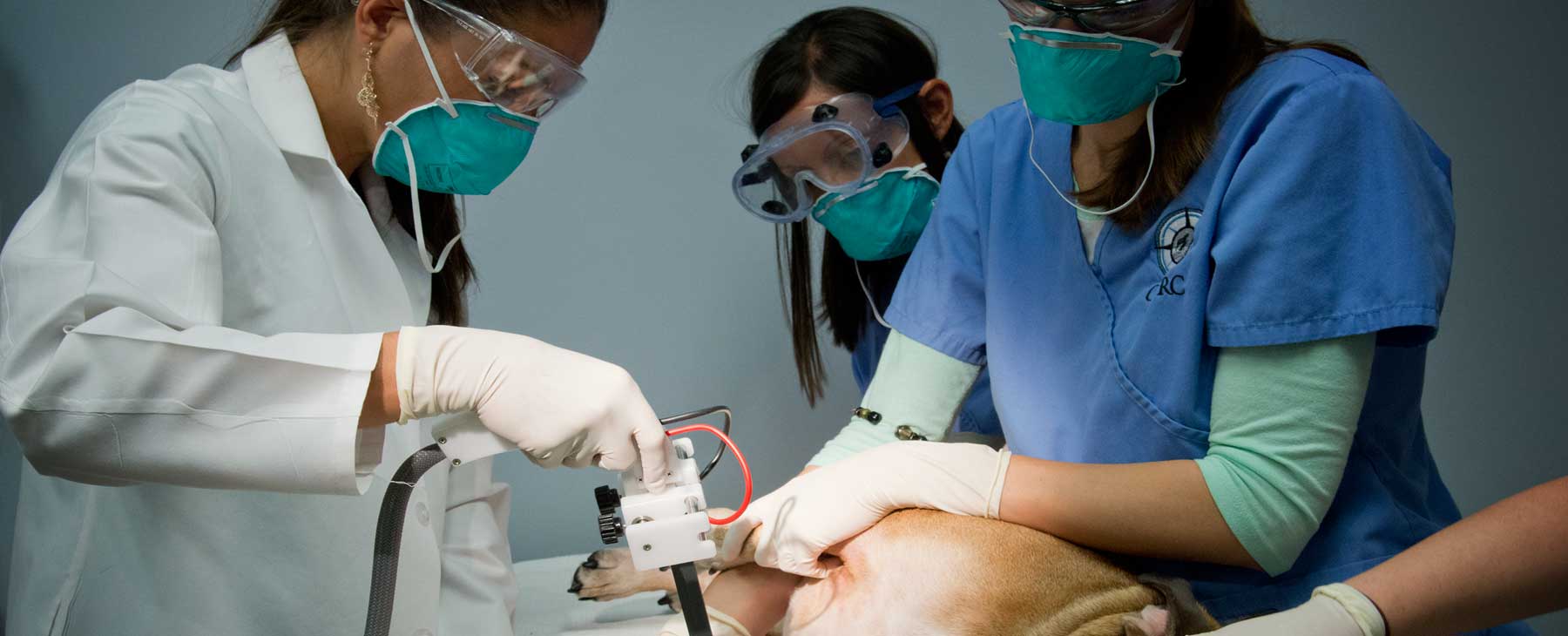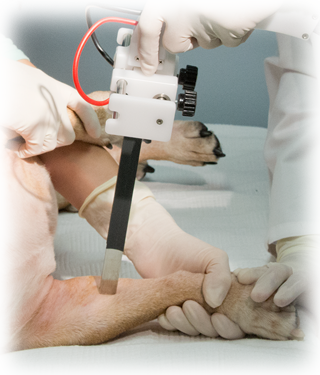CVRC offers a revolutionary new treatment option for treatment of tumors called electrochemotherapy (ECT). Electrochemotherapy delivers trains of electrical pulses to cancer cells shortly after injection of chemotherapeutic drugs. The pulses open pores in the tumor cell membranes making them more permeable and enabling better penetration of anti-cancer drug molecules to increase tumor cell kill.
If your pet has been diagnosed with cancer, or you think your pet may have cancer, please schedule an appointment with our oncologist to learn about the many options available for your pet. We think you will be pleasantly surprised to learn how veterinary oncology has evolved and how much can be done to give your pet more quality time with you.
What is electrochemotherapy (ECT)?
Electrochemotherapy (ECT) is a way to make our chemotherapy work 70 to 1000 times BETTER at killing cancer cells! One of the challenges of using chemotherapy to kill cancer cells is the ability to penetrate the cell membrane (outside wall) to get into the cell.
ECT allows us to overcome this obstacle by delivering electric pulses to tumor cells to open pores in the cell membrane allowing any chemotherapy to penetrate the cell and kill it more efficiently.
What type of tumors can be treated with ECT?
- Oral tumors
- Nasal planum tumors
- Sarcomas
- Mast cell tumors
- Skin tumors
- Melanomas
- Mammary gland tumors
- Tumors around the eye
- Many others
How many treatments are needed for ECT?
The number of treatments needed depends on the tumor and stage of disease, but most tumors are successfully treated in 2-3 treatments. Occasionally more treatments may be recommended.
What should I expect for my ECT visit?
Patients will arrive in the morning of treatment (no food after midnight the day prior to the appointment). Your pet will be admitted to the hospital and examined by the oncologist. Light anesthesia or sedation is required to allow precise tumor targeting and patient comfort. We use the most up to date and safest anesthetic agents, preanesthetic laboratory screening, tailored anesthetic protocols, and state of the art monitoring equipment to ensure safety for your pet before, during, and after anesthesia. Chemotherapy is injected into the treatment site directly and the electric pulses are then applied. The total treatment time is 5-10 minutes. Patients are monitored and sent home by the end of the day.
Will my pet need to stay overnight?
Patients do not need to spend the night for ECT treatment. Your pet will be dropped off in the morning, have the procedure performed during the day, and can be picked up in the late afternoon or early evening.
What are the side effects of ECT?
ECT allows us to limit chemotherapy to target only the tumor, and to use very low chemotherapeutic drug doses, systemic toxic effects like vomiting, diarrhea, or bone marrow suppression are very unlikely. Side effects like itching, redness, swelling, and discomfort at the treatment site may be observed 1-3 days after treatment and are usually temporary. These side effects are treated with pain medications and cold packing.
Can my pet benefit from ECT?
Evaluation of the tumor site, knowledge of tumor stage, and records from your regular veterinarian will dictate if your pet is a good candidate to receive ECT. ECT can be used to treat tumors that cannot be removed surgically OR AFTER surgery to kill any residual tumor cells (i.e. incomplete margins).
Typical tumors that can be treated with ECT include: oral (mouth) tumors, nasal planum, sarcomas, mast cell tumors and other skin tumors, melanomas, mammary gland tumors, tumors around the eye, and many others.
Where is ECT offered?
Currently, Dr. Rissetto at Charleston Veterinary Referral Center is the only Oncologist in the Southeast offering this therapy. If you would like to know if your pet could benefit from this novel therapy, please make an appointment with Dr. Rissetto.









